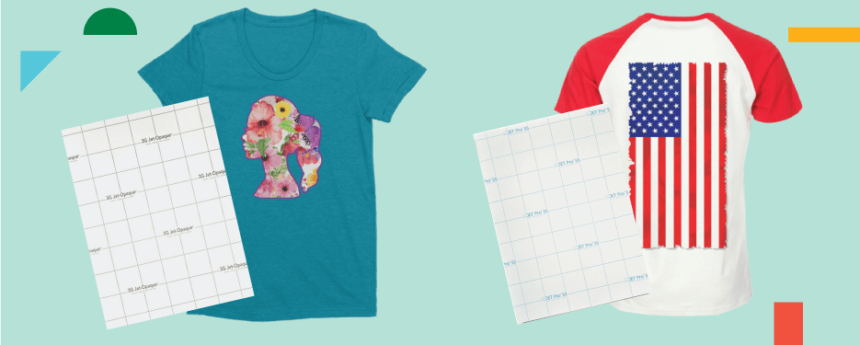Mastering Heat Transfer Vinyl (HTV) for Personalized Fabric Creations
When it comes to customizing apparel and fabric items, Heat Transfer Vinyl (HTV) reigns supreme among crafters for its versatility and extensive range of options. Making the right choice of HTV can significantly impact the quality and durability of your creations. Here’s a comprehensive guide to help you select the perfect HTV for your next project.
Understanding the Types of HTV
HTV comes in several types, each tailored for specific applications and fabrics:
- Standard HTV: This is the most popular type, suitable for cotton, polyester, and blends. It offers a variety of colors and finishes.
- Stretch HTV: Designed for elastic fabrics like spandex and lycra, it maintains adhesion and shape even when stretched.
- Glitter HTV: Adds a touch of sparkle, ideal for festive apparel and projects needing a glamorous flair.
- Holographic HTV: Creates a reflective, multi-dimensional effect, perfect for designs that need to stand out.
- Flock HTV: Known for its velvety texture, it provides a suede-like finish, enhancing designs with a unique tactile appeal.
Factors to Consider When Choosing HTV
To achieve the best results, consider these factors:
- Fabric Type: Different HTV types are suited for different fabrics. Choose stretch HTV for elastic materials and standard HTV for most others.
- Design Complexity: Opt for HTV that allows for easy weeding and precise cutting, especially for intricate designs.
- Durability: For items subjected to frequent washing or wear, select durable HTV that can withstand these conditions.
- Aesthetic Preferences: Consider the visual impact you want to achieve—glitter, holographic, or flock HTV offer distinct visual and textural effects.
Preparing HTV for Application
Proper preparation ensures successful application:
- Design Creation: Use design software to create or import your design, ensuring it is mirrored horizontally for correct application.
- Cutting the HTV: Utilize a cutting machine with adjusted settings for the type of HTV being used.
- Weeding: Carefully remove excess vinyl around the design using appropriate tools for precision.
Application Process
The application involves precise heat and pressure:
- Preheat the Fabric: Remove moisture and wrinkles by preheating the fabric briefly.
- Position the Design: Place the HTV on the fabric with the adhesive side down.
- Apply Heat and Pressure: Use a heat press for optimal results, following manufacturer instructions for temperature and pressure settings.
- Peel the Carrier Sheet: Depending on the HTV type, peel the carrier sheet either hot or cold, as per the specific instructions.
Caring for HTV Projects
Maintain the longevity of your creations with proper care:
- Wash Inside Out: Protect the design by washing garments inside out to minimize abrasion.
- Use Mild Detergents: Harsh chemicals can damage HTV, so opt for gentle detergents.
- Dry Appropriately: Hang dry or tumble dry on low to prevent HTV from cracking or peeling due to excessive heat.
Conclusion
Choosing the right HTV involves understanding the variety available and matching it to your fabric and design needs. By following these guidelines, you can create durable, visually stunning custom items that endure over time. Embrace your crafting journey with HTV and unleash your creativity.

Leave a Reply